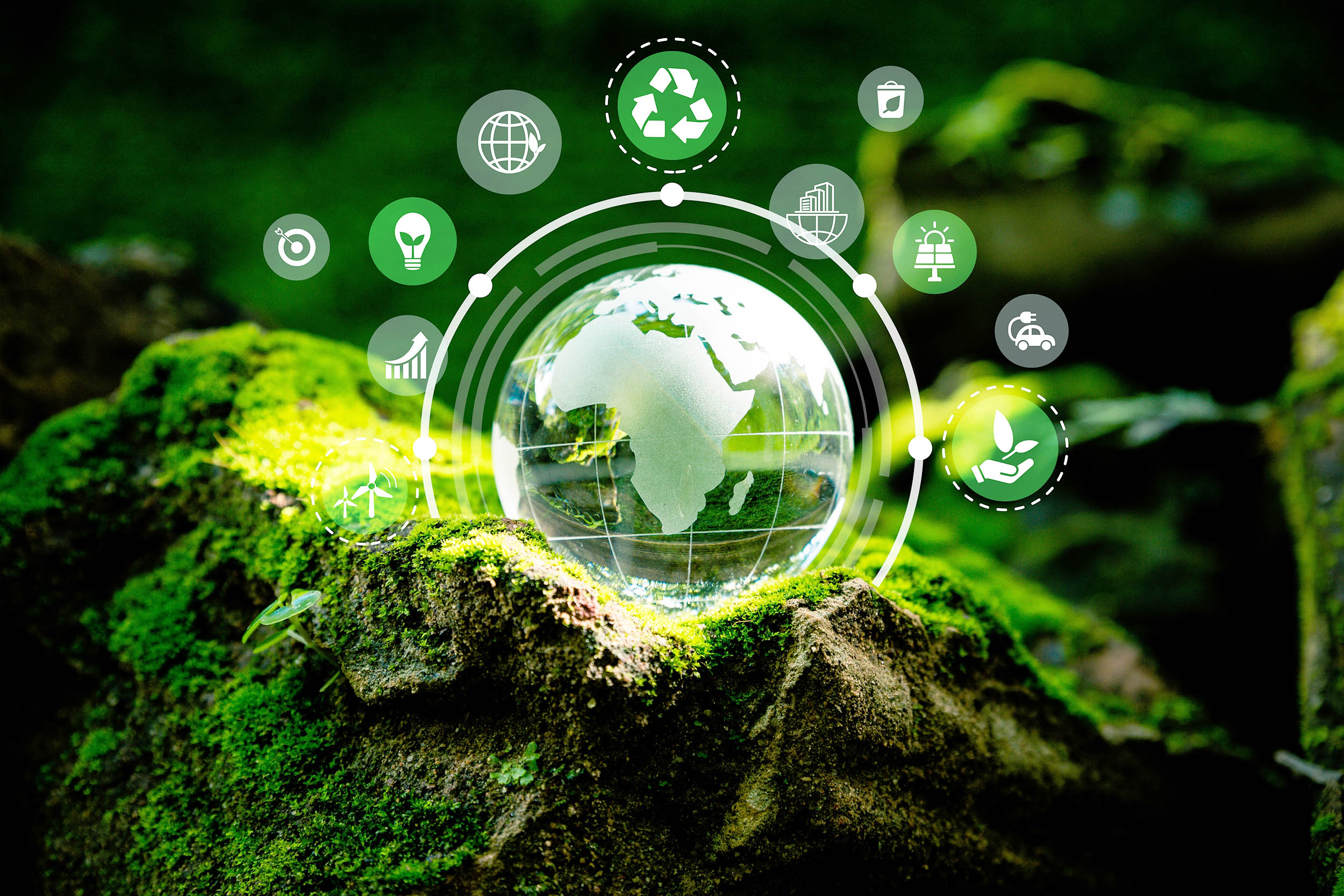More and more people are becoming aware of how trash hurts the environment. This makes the need for long-term answers even more urgent. Biodegradable products are seen as a key component in reducing pollution, but how can we be sure that a product will break down in the environment as intended? This is where biodegradability testing comes into play. Understanding the science behind biodegradability testing and its role in eco-conscious innovation is vital for creating products that do not harm our planet.
What is Biodegradability Testing?
Biodegradability testing is a set of lab tests that check how quickly and completely a material can be broken down by microorganisms like bacteria or fungi into oxygen, water, and biomass. These tests help determine whether a product, such as plastic, packaging, cleaning agents, or health and beauty products can decompose under environmental conditions without causing long-term harm to ecosystems.
The process involves simulating real-world environmental conditions in controlled environments, such as soil, water, or compost. By doing so, it is possible to predict how the material will behave once it is exposed to nature. A Biodegradability Testing Lab plays a critical role in carrying out these tests, ensuring that the data collected is accurate and reliable.
Types of Biodegradability Tests
There are several types of biodegradability tests, each tailored to different materials and environmental conditions:
- Soil Biodegradability Test: This test measures how a material decomposes when exposed to soil microorganisms. It helps determine whether the product can safely break down in the ground without leaving harmful residues.
- Water Biodegradability Test: For products that may end up in bodies of water, this test evaluates how a material breaks down in aquatic environments. It ensures that the decomposition process does not contribute to water pollution.
- Composability Test: This test is designed for materials that are intended to decompose in composting conditions. It checks if the material can break down efficiently without leaving harmful chemicals behind.
- Marine Biodegradability Test: A more specific test for products that may find their way into oceans or seas, this test simulates marine conditions to determine whether a material decomposes safely in the ocean.
Each of these tests involves exposing the material to microorganisms in an environment that mirrors natural conditions, allowing researchers to observe and measure the decomposition process over time.
The Role of Biodegradability Testing in Eco-Conscious Innovation
Biodegradability testing is essential in the development of eco-friendly products. As industries across the globe shift towards sustainability, companies are increasingly under pressure to offer products that are both functional and environmentally responsible. Biodegradable materials present a solution, but their efficiency and safety in the environment must be scientifically proven.
Biodegradability testing ensures that products marketed as “eco-friendly” will decompose as expected, without releasing toxins into the environment or leaving behind microplastics. For instance, biodegradable packaging materials must be able to break down quickly in soil or water without causing pollution. A Biodegradability Testing Lab helps verify these claims and gives companies the data they need to make informed decisions.
It is also very important to test for biodegradability to make sure that the rules are followed. There are strict rules in many places about how to get rid of trash, especially plastics. Companies can follow these rules by testing their goods for biodegradability, which ensures their products meet the environmental standards needed by law.
In addition to helping businesses meet legal requirements, biodegradability testing fosters innovation. It encourages manufacturers to create materials that are not only biodegradable but also durable, safe, and cost-effective. This drives the development of new, more sustainable technologies and materials, accelerating the shift towards a circular economy.
The Environmental Impact of Biodegradable Products
The environmental benefits of biodegradable products are clear. When we use materials that naturally break down, we cut down on the trash that ends up in dumps and the ocean. This, in turn, decreases pollution, conserves natural resources, and protects wildlife. The more we incorporate biodegradable materials into everyday products, the less burden we place on our ecosystems.
However, not all biodegradable products are created equal. Without proper testing, there is a risk of overestimating how quickly or completely a material will degrade. This is why thorough biodegradability testing is so important. It ensures that materials decompose efficiently and do not release harmful substances during the breakdown process.
Conclusion
Biodegradability testing is an essential component of eco-conscious innovation. It provides the scientific evidence necessary to ensure that biodegradable products meet their environmental promises. By conducting rigorous testing in specialized Biodegradability Testing Labs, businesses can be confident that their products are both sustainable and safe for the planet. Biodegradability testing will stay an important part of responsible innovation as we continue to put sustainability at the top of our list when making new products. This will help us get closer to a greener future.
